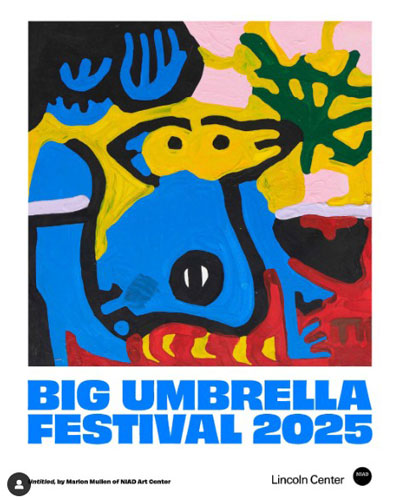Recently, Connecticut became the fifth state to initiate the Purple Alert, a system that helps law enforcement and emergency responders locate missing adults with intellectual and developmental disabilities. Other states using the system are Florida, Mississippi, Maryland and Kansas. The system has also been proposed in several other states.
Purple Alerts work similarly to Amber Alerts, which notify the public about abducted children, and Silver Alerts which focus primarily on adults over 65. Advocates for Purple Alerts, such as Connecticut’s state Rep. Eleni Kavros DeGraw, believe it is essential to have an alert specifically geared toward adults with ID and DD, and younger adults with Alzheimer’s disease or traumatic brain injuries.
At a press conference about the new alerts, Mark Davidson, a lieutenant colonel with the Connecticut State Police and the commanding officer of the Office of Strategic and Administrative Services gave the following example:
“A 17-year-old, able-bodied, able-minded person is not as vulnerable as somebody with dementia or Alzheimer’s or autism. So, the Purple Alert really carves out the [intellectual and developmental disabilities] population in order to make the awareness of both the public and the police department heightened in that sense.”
Kavros DeGraw pointed out that individuals with ID and DD may need to be approached more sensitively than individuals without those disabilities. The Purple Alert system ensures that law enforcement and members of the public are aware that the missing person may react in erratic or unexpected ways. This awareness may prevent unfortunate and even tragic outcomes that can occur when law enforcement officers don’t recognize invisible conditions like ID and DD.
Likewise, Kavros DeGraw says that officers responding to Purple Alerts receive training about how best to interact with people with ID and DD. Along those lines, she says that first responders “are now equipped with specialty bags containing sensory-friendly items like heavy blankets and headphones to help them better interact with the missing person on the scene.”
In Connecticut, Purple Alerts are used in addition to or in collaboration with a pre-existing program called the Bring Me Home Registry. The program, which launched in Dec. 2023, was created by the Connecticut State Police and the state’s chapter of the Alzheimer’s Association. According to CT Insider, it “allows families to submit photos and information about a person who may wander in advance so law enforcement officials can more quickly act if they do turn up missing.” And a quick response is crucial since the first 72 hours is the most critical time for a missing person investigation.













